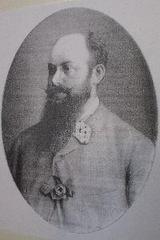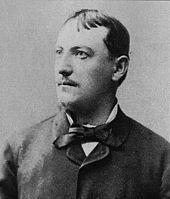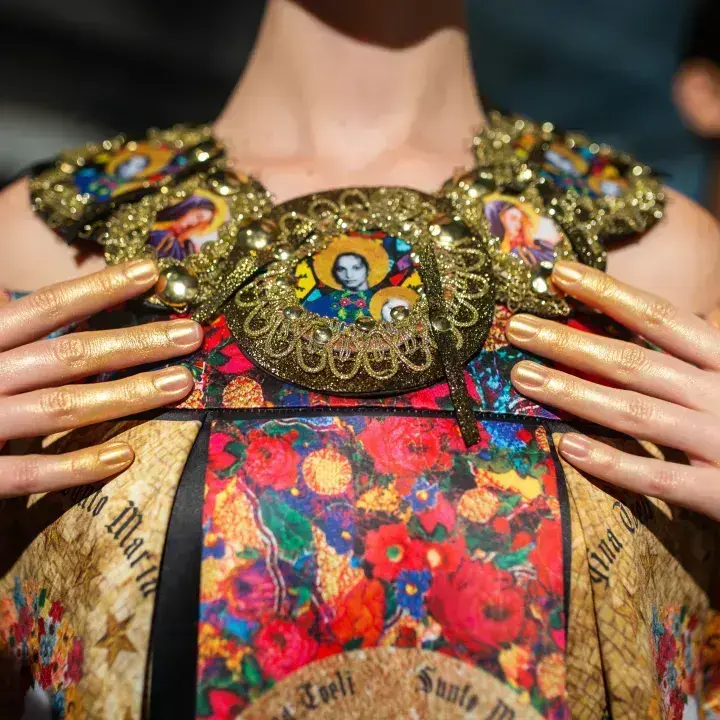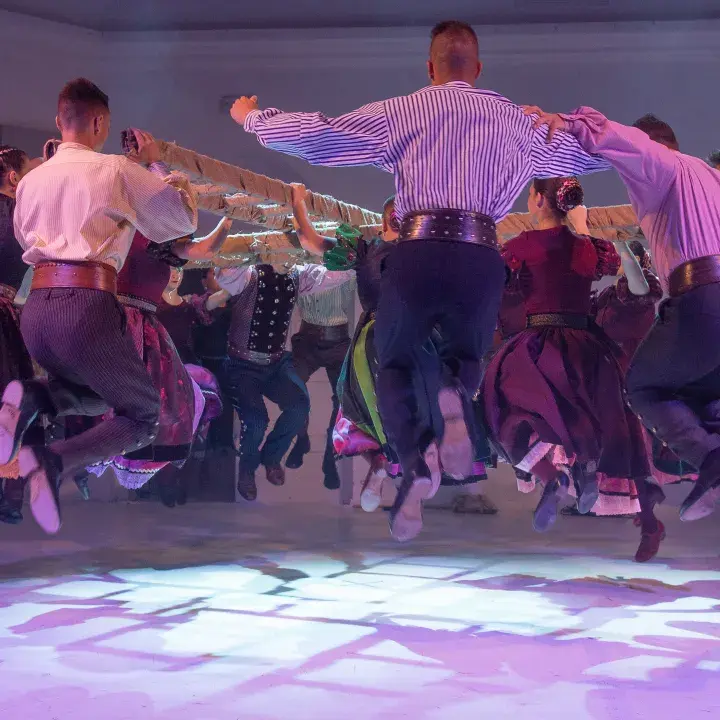Mór Kallina

Gross-Bittesch, Moravia, 20 September 1844. - Budapest, 5 May 1913.
Architect, studied in Prague interns at Thomas Hansen's office. Worked for Otto Wagner's office in Vienna, the synagogue in Rumbach Sebestyén utca was their joint venture. This commission brought him to Budapest where he got further orders for designing elegant apartment houses. He generally designed buildings for contemporary upper-class families (Count Bethlen, Count Bánffy, Mocsonyi, Jálics, Oetl, etc.), and became a renowned architect of his time. His most significant work is the building of the Ministry of Defense and Military Headquarters in the Buda Castle. He was rewarded for his plan for the new Parliament, though the winning project was not his. He and Aladár Árkay, his son-in-law won the tender for the new cultural center in Buda.
Kallina's architecture is characterized by neo-renaissance elements (e.g. the ex-National Sports Hall in Szentkirályi utca, the ex- Ministry of Defense in the castle, the St Gerard memorial, etc.) He kept to using conventional neo-renaissance and eclectic elements with taste and experience, rarely diverting from his habitual forms. He was usually the chief supervisor on the construction works of his buildings.
Aladár Árkay

Temesvár, 1 February 1868. - Budapest, 2 February 1932.
Architect, applied artist, painter. After graduating from the Technical University of Budapest, Árkay went to
study further in Italy and France. Initially, he worked together with Mór Kallina, designing buildings in eclectic style (e.g. the "Vigadó" of Buda, St Gerard memorial). His individual works were characterized by a folkloristic style as well as a modern concept of space, until, in the beginning of the 1900's, he turned to Art Nouveau. Árkay was one of the most well-known experimentalists of the Hungarian Fin de Siècle. His extraordinary talent prevented him from being attached to one sole artistic style. While his contemporaries held the Art Nouveau-style Babochay Mansion on Andrássy Avenue (erected 1906. 129, Andrássy út) to be Árkay's most significant work, the posterity rather appraises the folkloristic design of the Városmajor Roman Catholic Church. Árkay's works include the Baróthy Mansion, the Fasor Hungarian Reformed Church and the "Rákócziánum" Catholic Parish and Boarding School in Budapest, and the Roman Catholic Church in Győr's industrial district. Árkay received the Greguss Price, a distinguished Hungarian artistic prize, in 1928. His later works (the town hall and post palace in Mohács, the Győr Theater, and the plans for the Erzsébet Avenue in Budapest) all reflect the most up-to-date architectural concepts of his age.
Edited by: Krisztina Nagy



